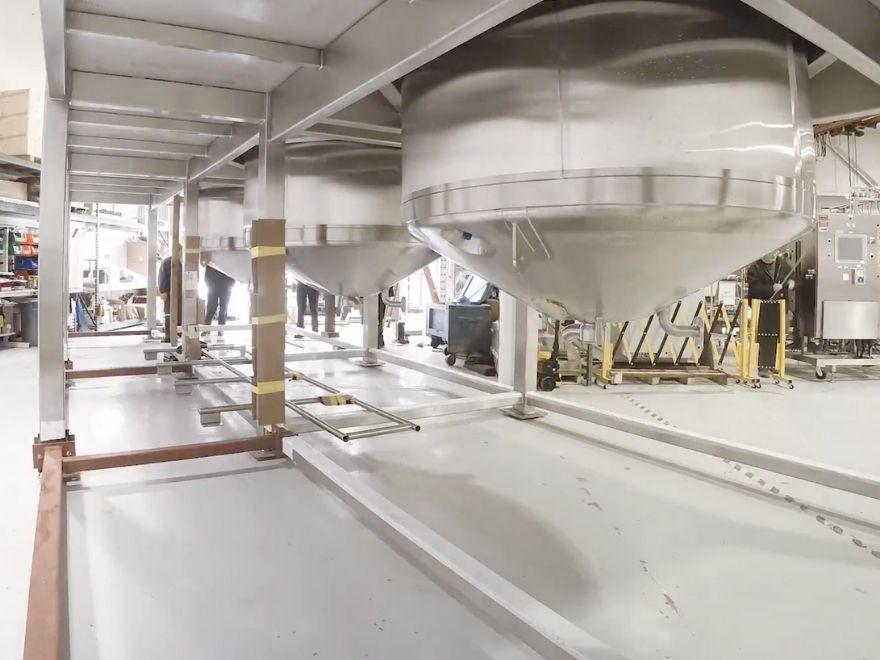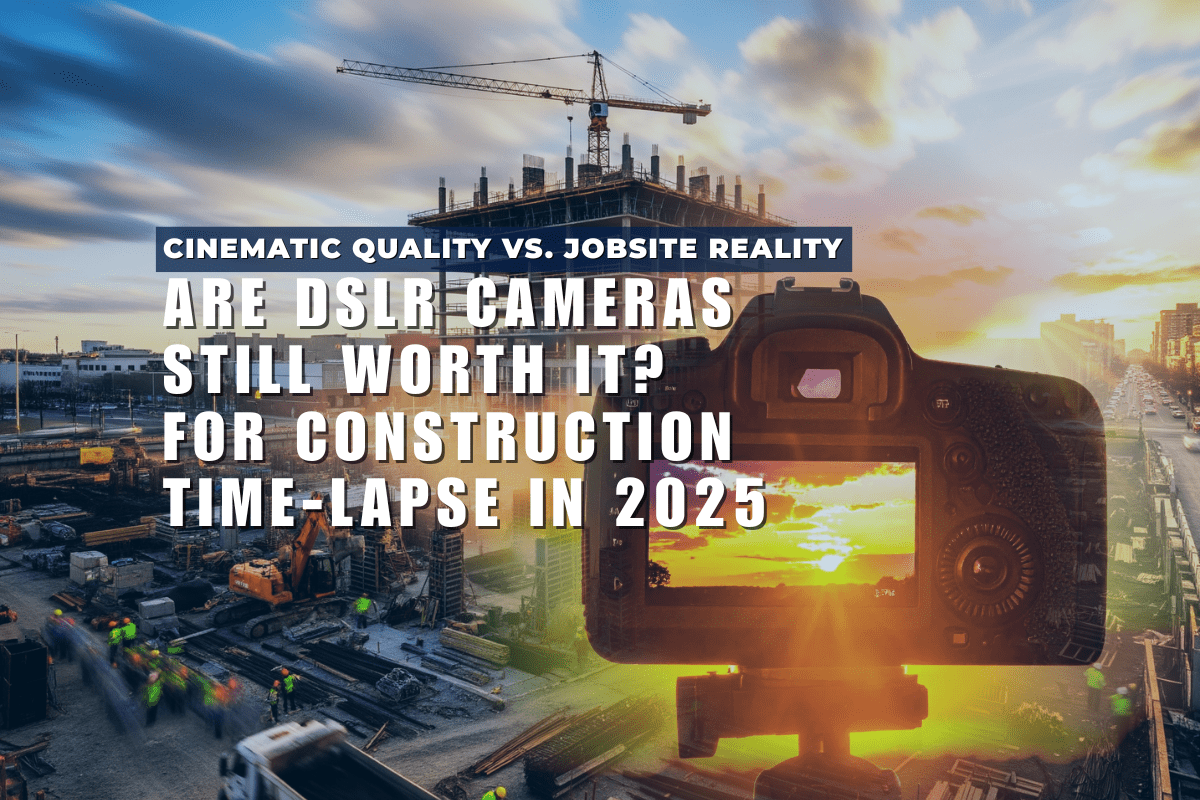Customer Evan T. Perry shared an impressive time lapse video that he created of a BioPharm room-sized pharmaceutical skid being moved.The skid was enormous and the process involved cranes, pneumatic trucks, big fork lifts and five months of welding, electrical, and sweat. The project involved an incredible amount of planning, sorting out logistics, and hard work.
When the skid left BioPharm, it had to be broken into two halves and hoisted by a crane onto two flatbed trucks. Before traveling, they were boat wrapped to prevent damage from debris, elements, and what have you. They were very over height for the highway, so the highway route needed to be surveyed first to ensure they would not hit bridges or over low-hanging obstacles. Thankfully, they were transported with no problems.
Perry was able to capture the entire process with three time lapse kits. He was kind enough to provide some additional background on this impressive project. View the video and scroll down for his thoughts.
Could you talk a little about the project overall? How did it come about? How will the footage be used?
The subject of the video was a giant, room-sized pharmaceutical skid and, unfortunately, I’m not at liberty to say where it ended up or what it does exactly, but it will be used for long production runs that will ultimately manufacture drugs on a huge scale. This skid was especially important for BioPharm because it was the biggest project both in budget and footprint since the company was founded in 2006. The footage will end up onBioPharm’s website (there is a shorter version of the video up right now)and with the client for marketing and posterity.
What equipment was used to capture the footage?
For this time lapse I used the CamDo Blink* controllers with three GoPro HERO4’s that I bought second-hand. I also sprinkled in some short time lapses with the GoPro Fusion 360 camera. I had an assortment of grip arms,Titan Straps, and extension cords to mount to various places during the project including the metal skid itself as well as the hook on the crane that was used to lift the pre-manufactured frame into the building. I had 128 gig cards in each camera which would last up to 3 weeks depending on how many frames per minute I captured. I used Adobe products to edit including Lightroom, Premiere Pro, Photoshop, and a few more.
*Blink has been upgraded to BlinkX and UpBlink

What were the settings used for the time lapse videos? What is the duration of the shoot?
Being GoPro cameras, they were a little limiting as far as settings, but I used Protune to make sure that the ISO was limited to prevent too much grain and shot as wide and in as big a resolution that I could. I also used the flat color space so I could get as much dynamic range as I could. The wide angle might have distortion, but it is easy to manipulate and fix in post, so it was far better to have more resolution to be able to punch in and animate in post. The controllers were set to about 1 frame every 4 minutes for the vast majority of the project. When it came time for the riggers to come and move it in the building and out again, the durations were reduced to as fast as 1 frame per 3 seconds. I did this so I would have more frames to work with over the shorter duration shots.
What did you find most challenging about creating this video?
There were two big challenges:
- I had to go long periods away from the project, so I couldn’t monitor everything all the time (which is a real problem for a control freak like me!). I was tempted to use CamDo’s service to help monitor the cameras online, but I ultimately just trusted the cameras to do their thing. I didn’t have any surprises.
- The second challenge was winning over the hardworking men and women who would be building the skid. They DO NOT like to be on camera or monitored and I had to convince them that this was not some sort of “Nanny Cam” situation for corporate, this was a creative project that they could look back on and be proud of. It took a while, but they really came around and enjoy the finished video now.

How did you get into time lapse photography?
I think time lapse has always been a storytelling tool I’ve used over the years but mainly in short scenarios lasting a few minutes to a few hours at most. I had not considered or attempted longer term time lapses (Days, Months, Years) until I was approached by BioPharm Engineered Systems to help document one of the largest projects they had ever attempted. The typical lifecycle of a project at BioPharm lasts anywhere from 3 months to a few years from design to on-site installation.
In this scenario, I was faced with a 5 month build and I needed a time lapse solution that would both be easy to manage and not break the bank as the project budget was low. That’s when I started researching and landed on CamDo Solutions GoPro controllers. They were billed as simple to use and had ways to help manage the time and period. Five months adds up to A LOT of pictures and it was appealing to be able to program, for instance, from 6 AM to 6 PM when the lights were on in the warehouse and people were actually working so as not to record unusable frames.
Any tips or tricks that you've learned that you'd like to share with our readers?
- If your approach for your time lapse is to make marketing materials and for the enjoyment and demonstration of what you do and your processes, it’s important to remember that the average person is going to be bored to tears with your video unless it’s concise, well-edited, and make sure not to get lost in the minutia. For this project, I had some clips that ended up being 14-minutes or longer and I sped them up.
- Make sure to have one, locked down and safe angle that you can always fall back on and supplement that with other creative angles and shots. Make sure to put cameras where you can reach them, but not so easily that somebody can accidentally bump them or unplug them or steal them.
- Something I didn’t learn until last week: Professional time lapse photographers will use software to deflicker footage. Especially when there is light bulbs and other manmade lighting, flickering can present itself at times and there are moments in this time lapse that I worked on that could benefit. I think I will look into that for next time.
About Evan T. Perry:
Evan T. Perry is an award-winning freelance producer, editor, and videographer living in the Boston area. He has vast experience working with small and large firms to create dynamic corporate videos for websites and fundraising, as well as serving as director for creative products like music videos, television spots, and independent film. You can find him at his website or on Instagram.



